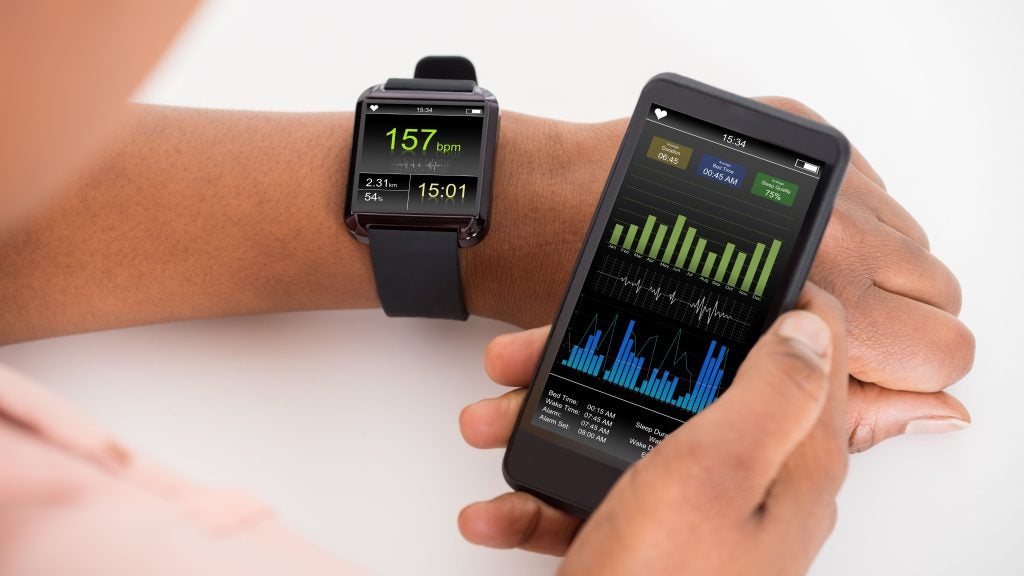
Direct-to-patient clinical trials present better opportunities to retain patients and in effect enable more patient-centric studies. However, the challenges are numerous and difficult to overcome.
In this Industry Viewpoint, CTA’s Natacha Girard, sits down with Florentina Silva, an External Operations Manager, to discuss the challenges of direct-to-patient (DTP) shipping, and logistical hurdles it begets.
Natacha Girard: What do see as some of the rising trends in clinical trial supply?
Florentina Silva: The shift to direct-to-patient clinical trials is an important one, and carries with it all the challenges related to shipping while maintaining the privacy of the patient.
Direct-to-site shipping is also a growing interest in the industry. While it’s a faster way to ship products, there are many logistical barriers. For instance, you could have a central depot to ship directly to site and this could potentially reduce the timelines. There are many challenges with regulations and customs requirements.
How well do you really know your competitors?
Access the most comprehensive Company Profiles on the market, powered by GlobalData. Save hours of research. Gain competitive edge.

Thank you!
Your download email will arrive shortly
Not ready to buy yet? Download a free sample
We are confident about the unique quality of our Company Profiles. However, we want you to make the most beneficial decision for your business, so we offer a free sample that you can download by submitting the below form
By GlobalDataIt’s easier to send the materials to the local depot, and from there ship directly to the site. The onus is on sponsors to work quite closely with our carrier as they are the ones that we understand the rules and requirements, and how it works on the ground.
NG: How can you respect the double-blinded criteria of the study if you have to conduct the clinical trial at the patient’s house?
FS: Much depends on the carrier and their processes. Based on U.S. privacy laws, the pharma company should not have access to the patient’s identity, but with direct-to-patient there is definitely a challenge here. So the carrier should know the identity of the patient, and also the product they are carrying. There are certain companies that run pilot studies involving DTP shipping. While DTP as a form of shipping is still in its infancy, the FDA wants to prove that it can work.
NG: What would you consider as the biggest challenges supply professionals are facing?
FS: Labelling is definitely one of the most challenging issues, above all when it comes to the expiry update. Before Annex 13, trial sponsors had to put the expiry date only on the outside containers, but now it must also be on the primary packaging, which increases the risk of damaging the products. Furthermore, it also increases the risk of temperature excursions when shipping biologics.
NG: What technology would help you overcome this challenge?
FS: e-Labelling would make that aspect much easier as you could update all the labelling simultaneously without opening the containers, and putting the products at risk. I think in general, technology has eliminated many of our challenges, even if we are still struggling with distribution and customs.
Technology helps us every day, to forecast studies from the beginning, determine what’s needed, while making the distribution more accurate, and ultimately reducing overages. Now, even shipper containers last longer, they have a better refrigeration, and they monitor the temperature of your products. All these technologies have changed supply chain processes – while they are still very complex, it is more reliable now.









Related Company Profiles
DTP SAS
CTA Inc